The Sagareshwar Wildlife Sanctuary, nestled in Maharashtra’s picturesque Satara district, is a true haven for wildlife enthusiasts. Spanning over ten square kilometres, this sanctuary is renowned for its rich diversity of plant and animal species, including birds, reptiles, and mammals. The western side features lush vegetation and hilly and valley slopes, offering excellent hiking and wildlife viewing opportunities. With its unique geographical features and abundant wildlife, the sanctuary is an ideal escape for those seeking relief from city pollution.
Location Of Sagareshwar Wildlife Sanctuary
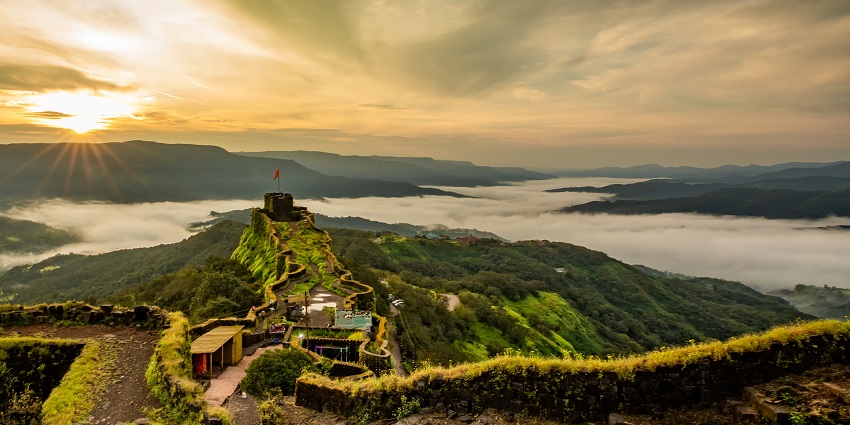
Photo: Shivajidesai29 / Wikimedia Commons / Image For Representation Only
Located about 25 kilometres from Satara, this sanctuary is nestled in the Western Ghats, providing visitors with an adventurous vacation experience. Its strategic location also offers easy access to some of the country’s most famous hill stations, including Mahabaleshwar and Panchgani.
Suggested Read: Places To Visit In Satara
How To Reach Sagareshwar Wildlife Sanctuary
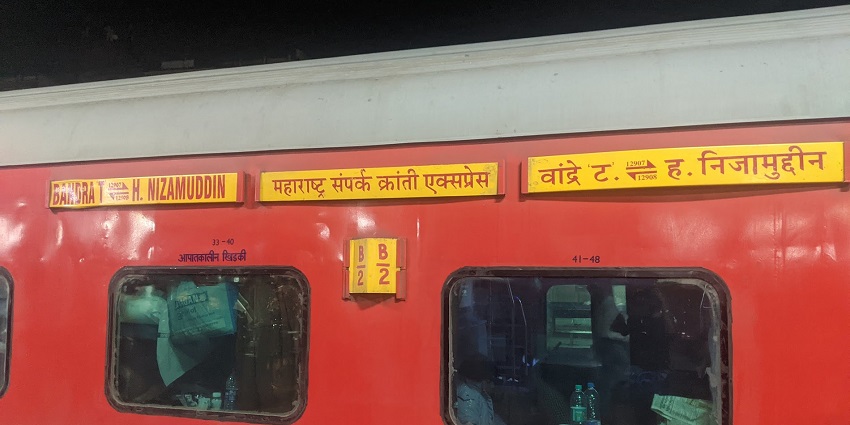
Photo: 25 Cents FC / Wikimedia Commons
By Air: The nearest airport is Pune International Airport, about 130 km from Sagareshwar. Regular flights operate to Pune from various cities. You can rent a taxi or take a bus from the airport to the sanctuary.
By Rail: The nearest railway station is Satara Railway Station, approximately 25 km away. Satara is connected to major cities like Mumbai, Pune, and Kolhapur. You can take a local bus or hire a taxi from the train station to get to the sanctuary.
By Road: Sagareshwar Wildlife Sanctuary is well connected by road, located just 25 km from Satara. From the city, driving or taking a cab is simple. The roads to the sanctuary are well-maintained, making for a smooth journey.
Places To Visit In And Around Sagareshwar Wildlife Sanctuary
Here is a list of some of the nearby places you can head to while planning a visit to the wildlife sanctuary.
1. Kaas Plateau
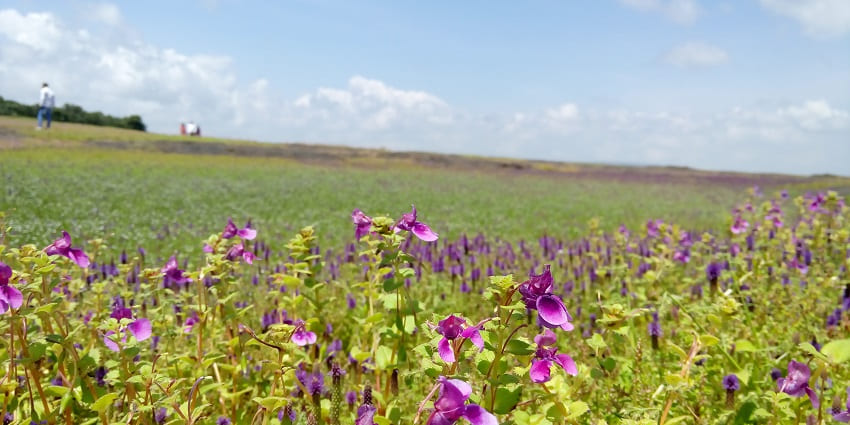
Photo: Ashishshetty111 / Wikimedia Commons
The Kaas Plateau, a biodiversity hotspot and the world’s first micro-hotspot on the UNESCO list, transforms into a vibrant carpet of wildflowers during the monsoon season, typically from August to September. This unique environment hosts more than 850 plant species, some of which are rare and endangered. Visitors often can wander through expansive fields of flowers such as Sonki, Karvi, and various orchids. The plateau also serves as a favourable breeding ground for numerous butterfly species, making it a paradise for photographers. Hiking and tourist services are available for those who wish to learn more about this unique ecological system.
Timings: 9 AM – 6 PM
Entry Fee: ₹50 on weekdays, ₹100 on weekends and holidays
Suggested Read: Things To Do In Kaas Plateau
2. Sajjangad Fort
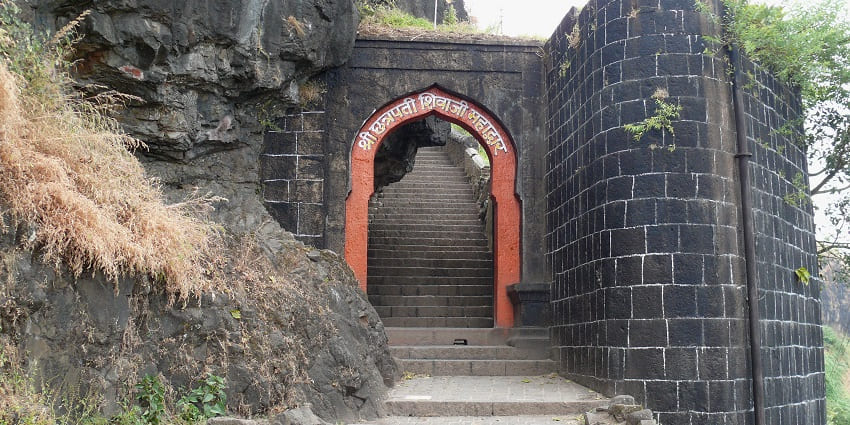
Photo: Himanshu Sarpotdar / Wikimedia Commons
Sajjangad Fort is a hilltop fort that offers stunning views of the surrounding valleys and mountains. It has a rich historical background and is associated with the saint Ramdas Swami, the spiritual guru of Chhatrapati Shivaji Maharaj. The fort features several temples, historical monuments, and a well-maintained trail leading up to it. Visitors will find it easy to access the fort, surrounded by beautiful landscapes, providing opportunities for short hikes and a chance to immerse themselves in pristine nature. The peaceful environment also makes it an excellent place for meditation and reflection.
Timings: 5 AM – 9 PM
Entry Fee: ₹10 for Indians, ₹80 for foreigners
3. Ajinkyatara Fort
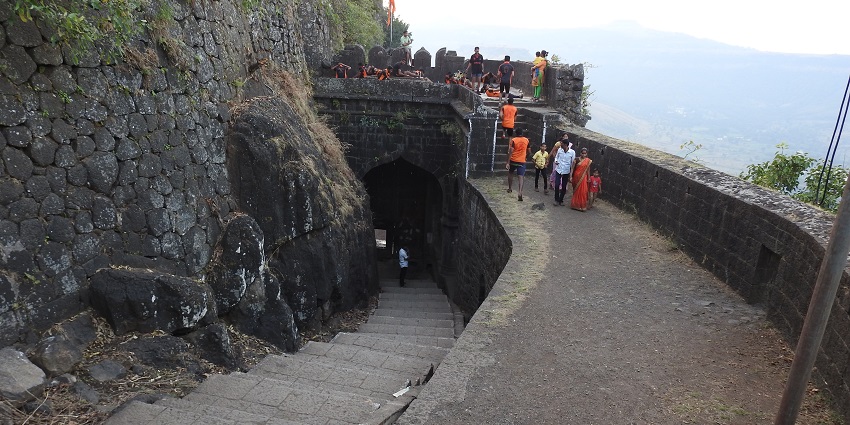
Photo: Dr. Raju Kasambe / Wikimedia Commons
Ajinkyatara Fort is perched on Ajinkyatara Hill. This historical fort dates back to the sixteenth century and offers a magnificent view of Satara city and the Sahyadri mountain range. Although many structures are ruins, notable remnants include bastions and water cisterns. Trekking to the fort is popular among adventure enthusiasts, as the trail provides an exhilarating experience. The fort’s historical significance and scenic beauty make it a must-visit destination near Sagareshwar Wildlife Sanctuary for history buffs and trekkers.
Timings: 6 AM – 6 PM
Suggested Read: Sankshi Fort
4. Bamnoli Lake
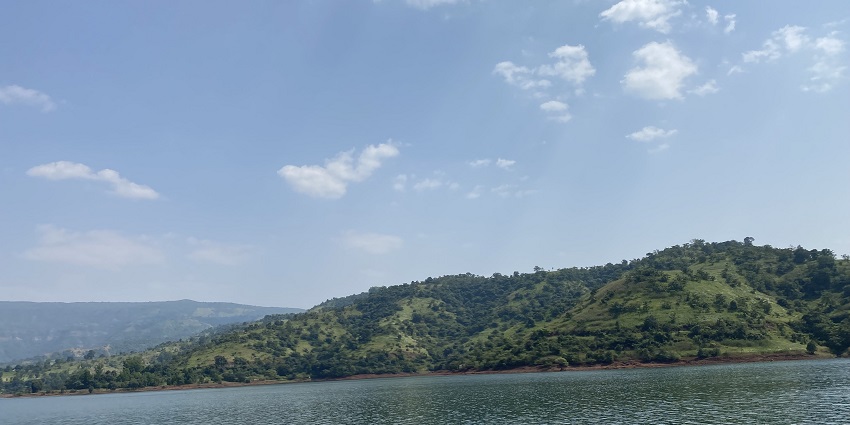
Photo: Vinayaraj / Wikimedia Commons
Bamnoli Lake is a picturesque destination popular among tourists for its serene and pleasant atmosphere. Nestled at the base of lush green hills, the lake offers a variety of activities, including boating, kayaking, and fishing. Tourists can enjoy boat rides that allow them to marvel at the stunning hills in the background. The surrounding area is ideal for picnics, making it a great spot near Sagareshwar Wildlife Sanctuary for families or groups looking to relax. Local vendors on-site offer a range of snacks and beverages, adding to the fun and excitement of the experience.
Timings: 9 AM – 6 PM
5. Koyna Wildlife Sanctuary
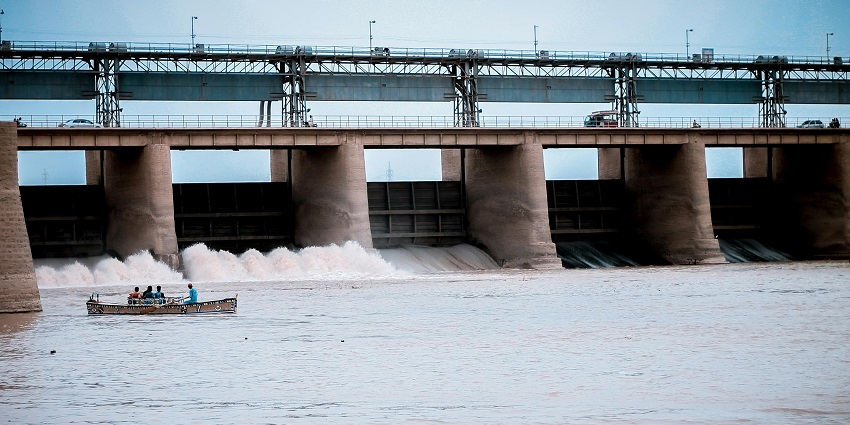
Photo: Ali Madad Sakhirani / Pexels / Image For Representation Only
Koyna Wildlife Sanctuary showcases incredible biodiversity and scenic beauty. Spanning over 423 square kilometres, it is home to various wildlife, including tigers, leopards, and several species of deer. This sanctuary is also a birdwatcher’s paradise, boasting over 230 recorded species of birds. Visitors can enjoy trekking and wildlife photography, with guided safaris available for interested groups. The abundant vegetation and hilly terrain offer numerous opportunities for pleasant walks and explorations in nature.
Timings: 7 AM – 6 PM
Entry Fee: ₹20 (without car), ₹50 (with car)
Suggested Read: Wildlife Sanctuaries In Mumbai
Best Time To Visit
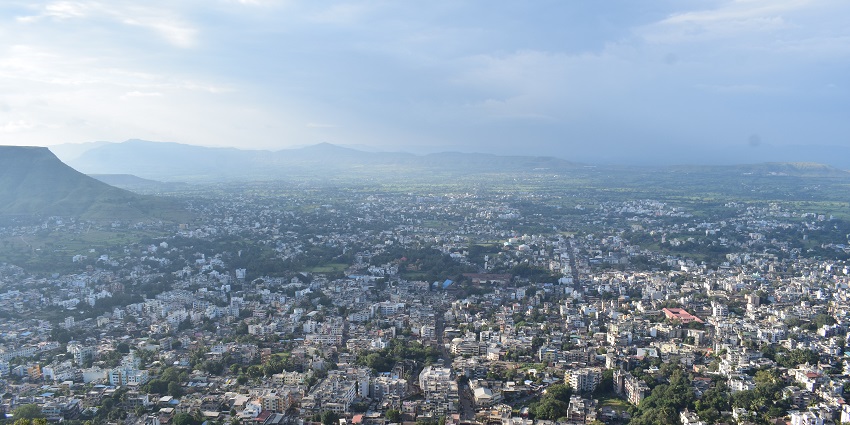
Photo: Pratishkhedekar / Wikimedia Commons
The fauna and flora of Sagareshwar Wildlife Sanctuary Maharashtra are at their best from October to March. This is the time when the climate is favourable, and many animals can be sighted or observed, and many activities that are done outdoors can be undertaken. The rainy season (June – September) makes the surroundings beautiful and green but not so convenient for walking because of the rain.
Other Factors To Consider
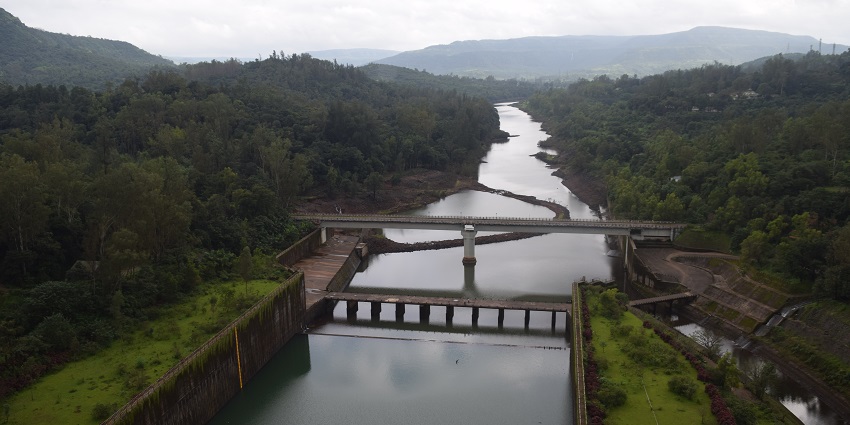
Photo: सुबोध कुलकर्णी/ Wikimedia commons
Average Cost Of The Trip
A 2-3 day trip to the wildlife sanctuary, including transportation, accommodation, food, and entry fees, typically costs around ₹4,000-₹7,000 per person, depending on your travel style and choices.
Tips For Travellers
- Bring comfortable clothing, sturdy shoes for trekking, and insect repellent for a more enjoyable experience.
- Carry sufficient water, especially if you plan to hike or explore the sanctuary.
- Follow all guidelines and maintain cleanliness within the sanctuary to protect the wildlife and natural habitat..
Suggested Read: Top Best Places To Visit Near Bhimashankar To Explore The Nature and Heritage Of Deccan
Sagareshwar Wildlife Sanctuary is home to diverse flora and fauna, making it an ideal destination for nature enthusiasts and wildlife adventurers exploring the Western Ghats. As a geographical and biological reserve with rich vegetation and natural wonders, it promises an engaging experience for travellers and nature lovers. To plan your trip and explore Maharashtra’s scenic spots, you can rely on TripXL’s services.
Cover Photo: Robert F. Tobler / Wikimedia Commons / Image For Representation Only


 WhatsApp
WhatsApp
 Twitter
Twitter









